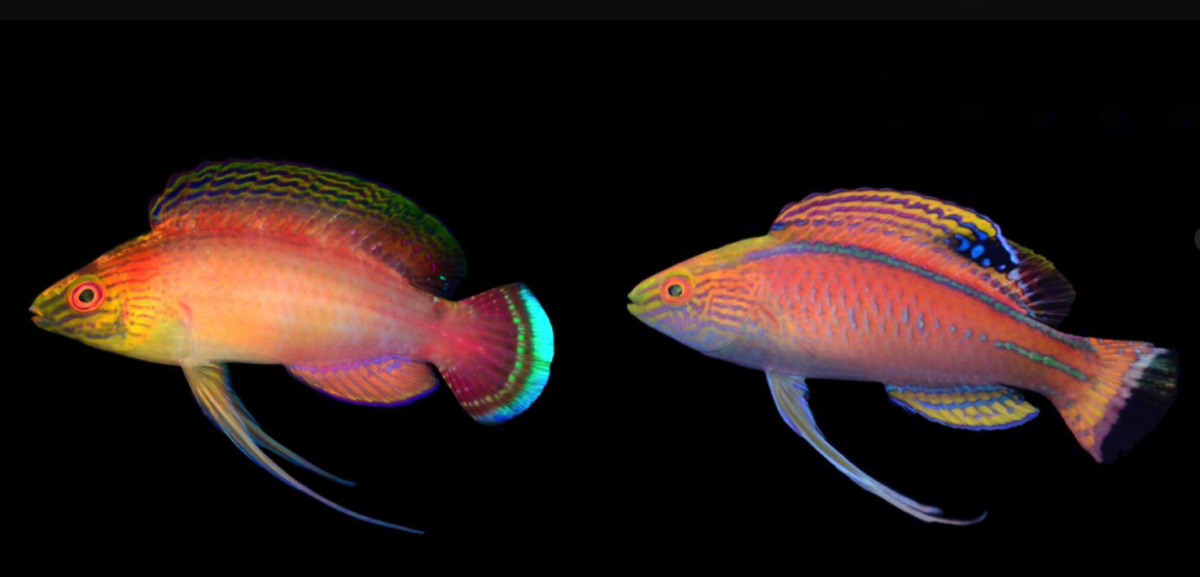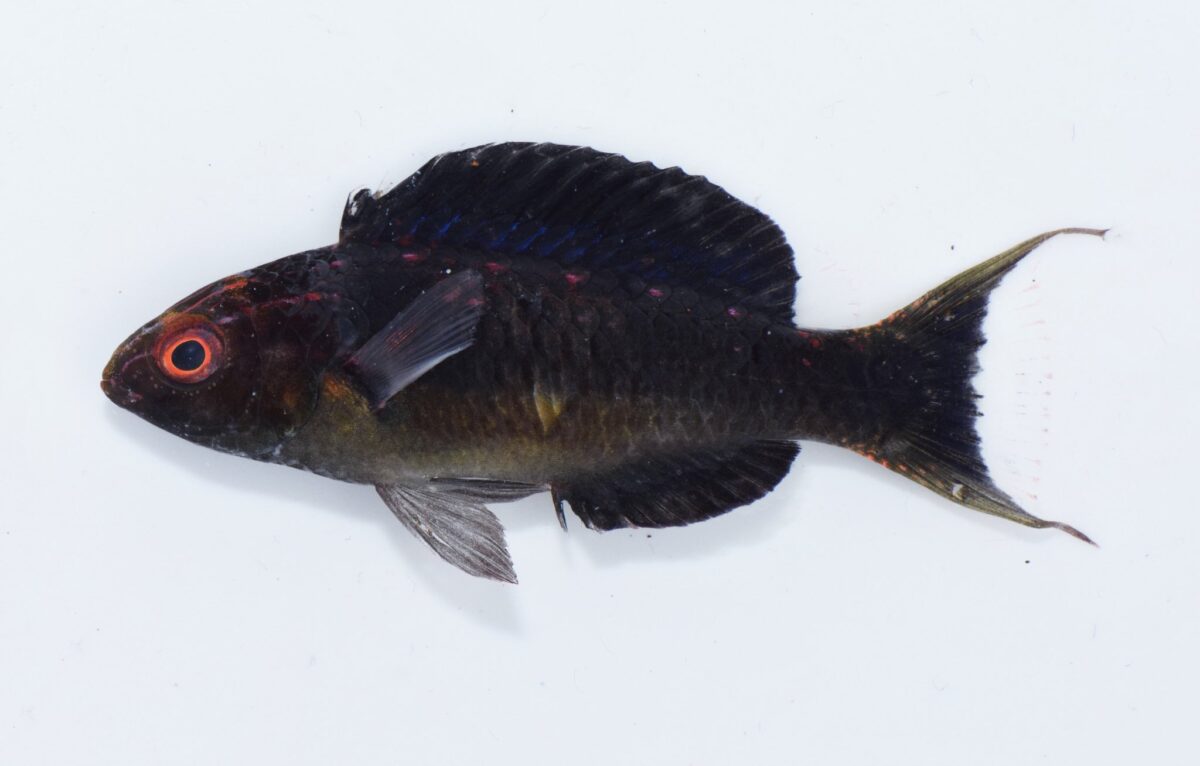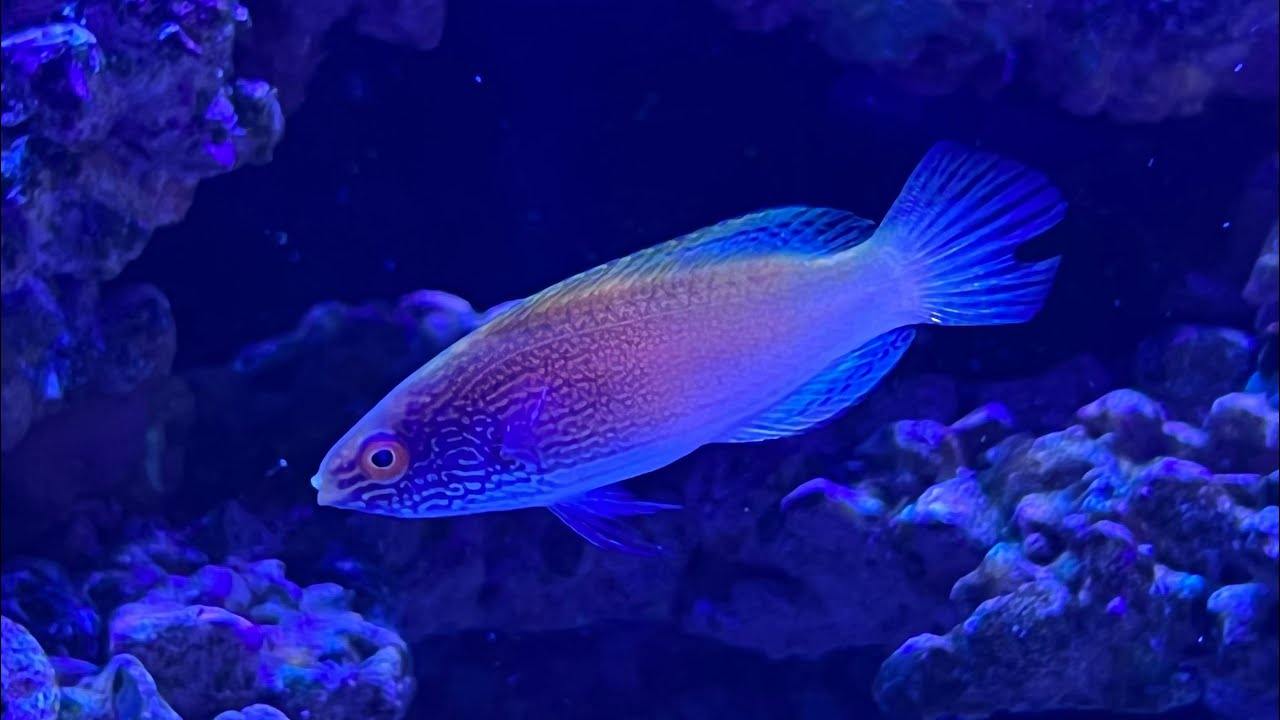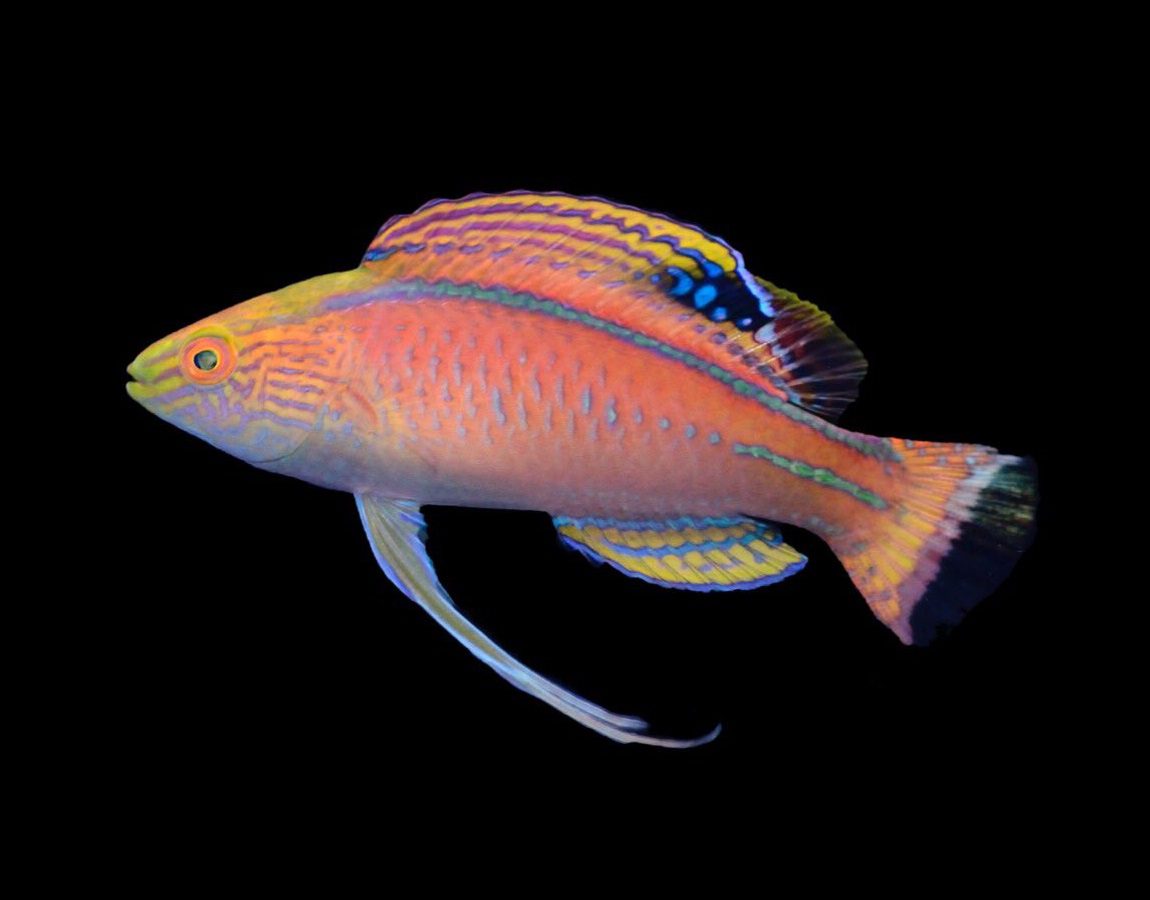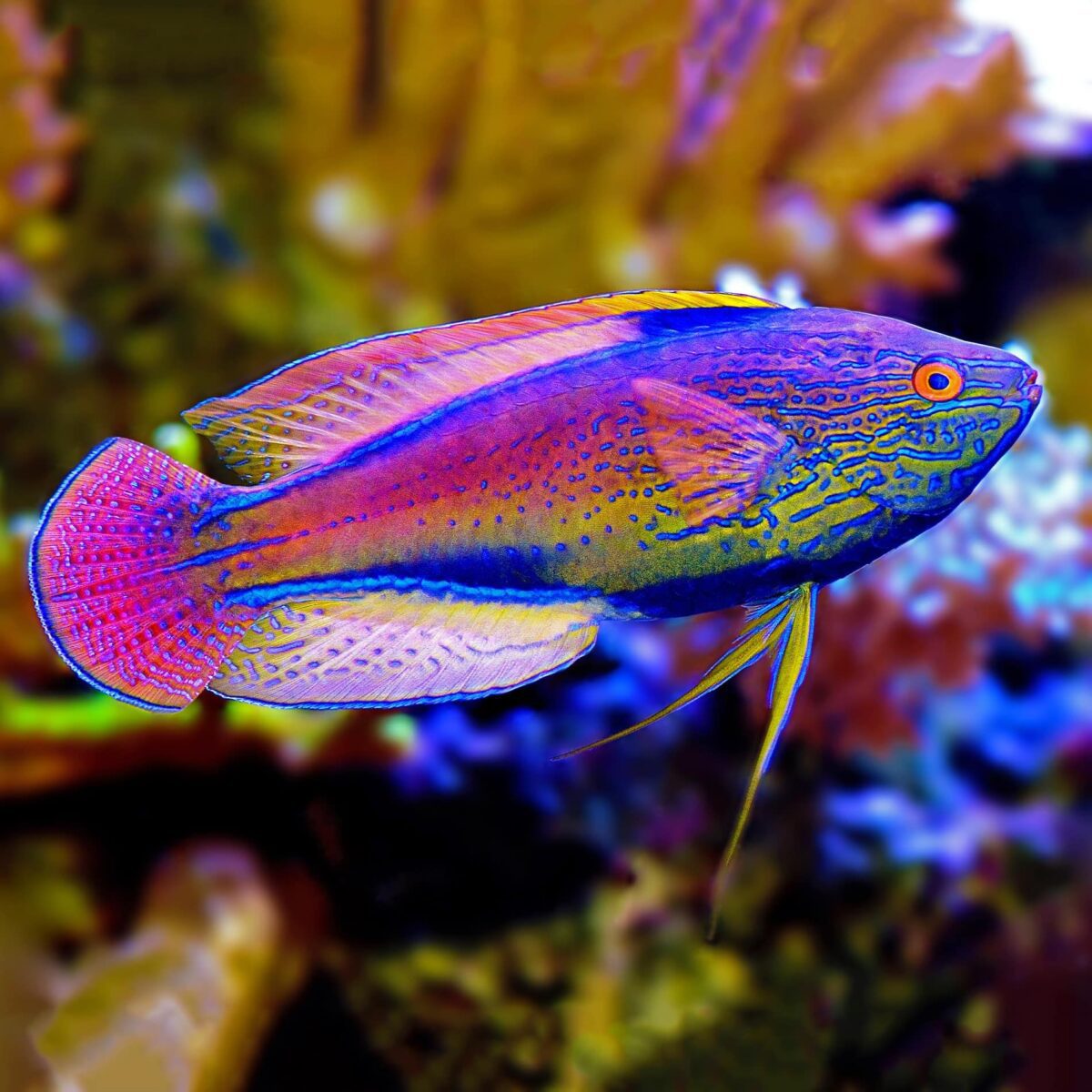Have you ever dreamed of crafting an underwater paradise that captures the essence of the ocean’s mesmerizing beauty? Imagine the vibrant Cirrhilabrus pylori, with its dazzling colours, becoming the centrepiece of your aquascape. How can this exquisite species transform your marine aquarium into a breathtaking ecosystem? Dive into the art of aquascaping with Cirrhilabrus pylei and discover how to create an aquatic masterpiece that resonates with the harmony of the sea.
Key Takeaways:
- Cirrhilabrus pylei is a captivating marine fish ideal for saltwater aquariums and reef tanks.
- It belongs to the wrasse family Labridae and the genus Cirrhilabrus.
- Cirrhilabrus pylei is commonly found in the tropical waters of the Western Pacific.
- The species inhabits reef slopes and lagoon environments at depths of 10 to 30 meters.
- Understanding the taxonomy, classification, habitat, and distribution of Cirrhilabrus pylei is essential for providing optimal care.
Introduction
Welcome to the fascinating world of Cirrhilabrus pylei, also known as the Long Fin Dwarf Parrot-Shimmer. In this section, we will delve into the taxonomy and classification of this stunning marine fish and its natural habitat and distribution.
Taxonomy and Classification
Cirrhilabrus pylei belongs to the wrasse family Labridae and the genus Cirrhilabrus. It was first described by Dr. John E. Randall in 1996. Within the genus Cirrhilabrus, Cirrhilabrus pylei is classified under the rubrimarginatus group, which also includes closely related species such as Cirrhilabrus rubrimarginatus and Cirrhilabrus katoi.
Natural Habitat and Distribution
Cirrhilabrus pylei is naturally found in the warm waters of the Indo-Pacific region. Its distribution ranges from the Maldives and Sri Lanka in the west to Fiji and Tonga in the east. These vibrant marine fish are commonly found in coral reef habitats, particularly in areas with abundant coral growth and suitable hiding places.
Physical Description and Characteristics
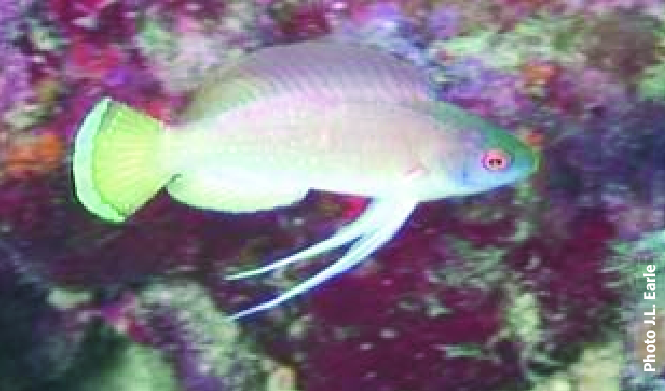
Cirrhilabrus pylei is a visually stunning marine fish that captivates with its vibrant colors and unique physical characteristics. It is compact, making it suitable for small and large aquariums. The fish possesses long, flowing fins that add an elegant touch to its overall appearance.
Colours and Markings
One of the most striking features of Cirrhilabrus pylei is its eye-catching colors and intricate markings. The body of this fish is predominantly blue, with bold streaks of orange, yellow, and purple adorning its scales. These vibrant colours create a dazzling display that will catch the eye of any marine aquarium.
Gender Differences
Cirrhilabrus pylei exhibits sexual dimorphism, meaning there are distinguishing physical traits between males and females. Males typically display more intense and vibrant colours compared to females. Additionally, males may possess elongated fins that enhance their visual appeal. Females, on the other hand, may have shorter fins and more subdued colouration.
Varieties
Within the Cirrhilabrus pylei species, several distinct varieties may vary slightly in colouration and markings. These variations add to the allure and uniqueness of this fish, making it a prized addition to any saltwater aquarium.
Grades
As with many marine fish species, Cirrhilabrus pylei is often graded based on its quality and beauty. Grade A specimens are highly sought after and exhibit exceptional colouration, intense markings, and perfect finnage. Lower grades may still possess the captivating beauty of the species but may have slight variations or imperfections.
Behaviour and Temperament
Cirrhilabrus pylori is known for its lively and active behaviour, constantly exploring its environment with grace and agility. This fish is generally peaceful and can coexist with various tank mates if they are not overly aggressive or predatory. However, monitoring their interactions and ensuring compatibility to maintain a harmonious aquarium environment is essential.
Aquarium Requirements
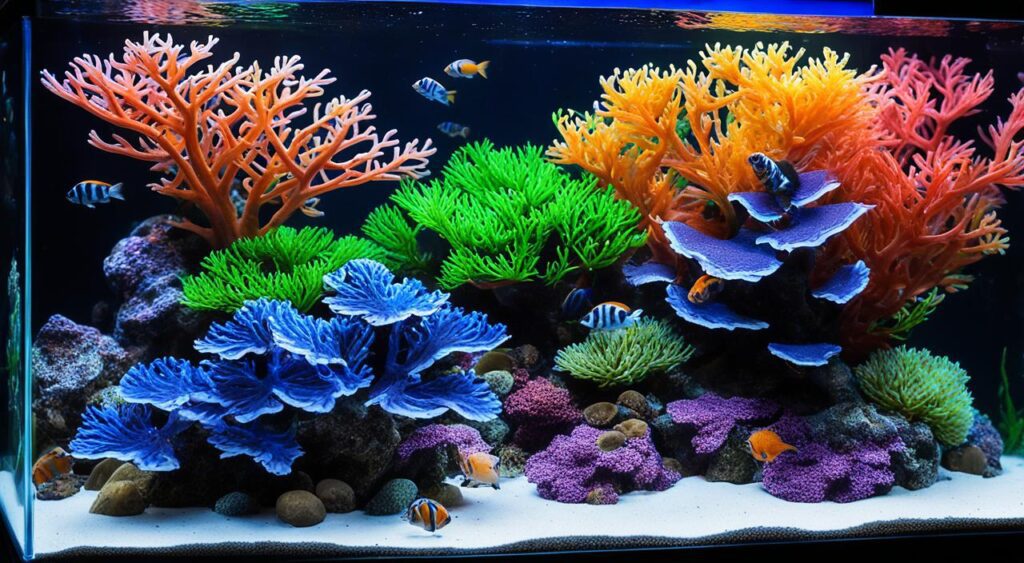
Creating the ideal aquarium environment for Cirrhilabrus pylei is crucial for its health and well-being. Here are the key factors to consider:
Perfect Tank Size and Layout
The tank size for Cirrhilabrus pylei should be adequate to accommodate its active nature and long fins. A minimum tank size of 30 gallons is recommended to ensure sufficient swimming space. Additionally, providing ample hiding spots and open areas for swimming is essential for the fish to feel secure and display their natural behaviour.
Water Parameters
Maintaining proper water parameters is essential for the well-being of Cirrhilabrus pylei. The recommended water temperature range is 75-82°F (24-28°C), with a pH level between 8.1 and 8.4. The salinity should be maintained at a specific gravity of 1.023-1.025. Regular monitoring and adjustment of these parameters are necessary to ensure a healthy and stable environment for the fish.
Suitable Tank Mates and Potential Conflicts
Cirrhilabrus pylei is generally peaceful but can be territorial, especially towards other wrasses of the same species or similar appearance. When choosing tank mates, it is essential to select peaceful and non-aggressive species that are compatible with the fish’s temperament. Avoid housing them with larger or aggressive fish that may intimidate or harm Cirrhilabrus pylei. Suitable tank mates can include other peaceful reef fish, such as small tangs, gobies, and clownfish.
Compatibility with Live Plants and Invertebrates
Cirrhilabrus pylei is not known to hurt live plants or invertebrates. However, some caution should be exercised when introducing invertebrates such as shrimp or crabs, as they may become a food source for the fish. Additionally, live plants can be added to the aquarium to create a more natural and aesthetically pleasing environment for Cirrhilabrus pylei. Plants such as Caulerpa, Halimeda, and macroalgae are suitable options.
Care
Proper care for Cirrhilabrus pylei is essential to maintain its health and longevity. Cirrhilabrus pylei is susceptible to various diseases and health issues like all marine fish. Monitoring the fish regularly for any signs of illness, such as abnormal behaviour, loss of appetite, or physical abnormalities, is necessary.
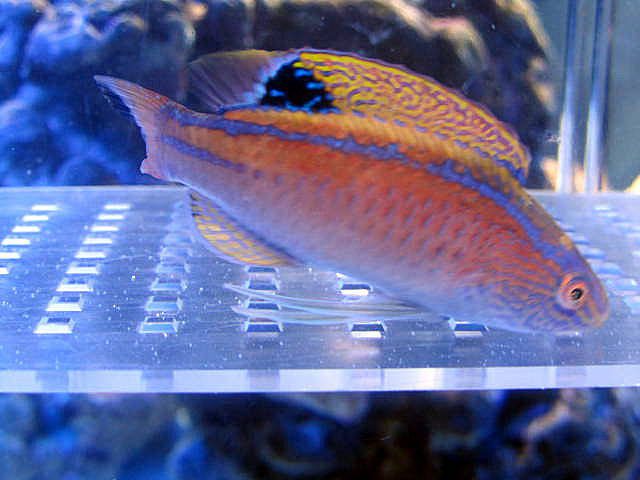
Diet and Feeding
To maintain the health and vibrant colours of Cirrhilabrus pylori, it is vital to provide it with a balanced and nutritious diet. Here are some important considerations regarding the dietary preferences of this stunning marine fish.
Dietary Preferences
Cirrhilabrus pylei is primarily carnivorous and thrives on a diet rich in protein. It is known to feed on small invertebrates, zooplankton, and meaty foods in its natural habitat. Replicating its natural diet as closely as possible in captivity is essential for its overall well-being.
Recommended Foods and Feeding Schedule
Regarding feeding Cirrhilabrus pylei, various high-quality frozen and live foods should be offered. Some recommended foods include brine shrimp, mysis shrimp, copepods, and finely chopped seafood. Feeding them small and frequent meals throughout the day is essential to mimic their natural feeding patterns.
Tips on Ensuring a Balanced and Nutritious Diet
To ensure that Cirrhilabrus pylei receives a balanced and nutritious diet, it is essential to supplement its meals with vitamins and minerals. This can be done by using high-quality fish food that contains added nutrients. Additionally, offering occasional vegetable matter, such as spirulina-based flakes or pellets, can help provide essential vitamins and enhance their overall colouration.
Breeding and Reproduction
Breeding Cirrhilabrus pylei in captivity can be a rewarding experience for advanced aquarium enthusiasts. By understanding the sexing process, breeding behaviour, and optimal breeding conditions, you can increase your chances of successful reproduction. Providing proper care for the eggs and fry is crucial for their survival. However, knowing the challenges involved in breeding Cirrhilabrus pylei in captivity is essential.
Sexing
Determining the sex of Cirrhilabrus pylei can be challenging, as they do not exhibit distinct sexual dimorphism. However, experienced aquarists can look for subtle differences in colouration, fin shape, and behaviour to identify males and females. Males tend to have bolder and more vibrant colours, while females may appear slightly duller. Males also have longer and more elaborate fins.
Breeding Behavior and Conditions
Cirrhilabrus pylei engages in complex courtship rituals before spawning. Males perform vibrant displays, flashing their fins and changing colours to attract females. It’s crucial to provide a suitable breeding environment, including appropriate tank size, hiding spots, and water conditions. Maintaining stable water temperatures and quality is essential for successful courtship and spawning.
Care of Eggs and Fry
Once the eggs are laid, it’s vital to remove them from the main aquarium and transfer them to a separate breeding tank. The breeding tank should have controlled water flow, optimal temperature, and suitable lighting. The eggs hatch within a few days, and the fry requires specialized care. Providing them with small live foods such as copepods and enriched brine shrimp is essential for their growth and survival.
Challenges in Breeding in Captivity
Breeding Cirrhilabrus pylei in captivity presents several challenges. Some individuals may exhibit aggressive behaviours towards potential mates, leading to failed breeding attempts. The availability of compatible mating pairs can also pose a challenge, as finding pairs willing to breed in captivity can be challenging. Additionally, providing the ideal breeding conditions, including maintaining water parameters and creating a suitable breeding environment, can be demanding. It requires careful monitoring and adjustments to optimize the chances of successful reproduction.
Others in the Family: Cirrhilabrus
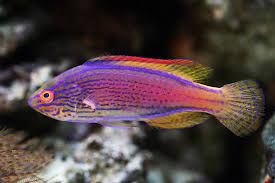 | Add colour and playfulness to your saltwater fish tank with Cirrhilabrus Lineatus, the perfect addition to any aquascaping design! |
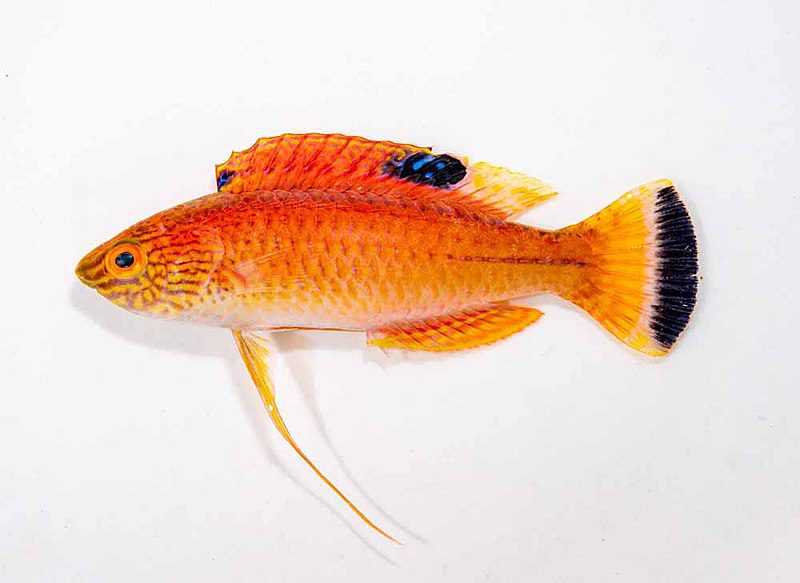 | Experience the vibrant colours and playful behaviour of Cirrhilabrus briangreenei in your saltwater fish tank today! Add some excitement to your aquarium with this unique and beautiful species. |
 | Experience the vibrant colours and playful behaviour of Cirrhilabrus rhomboidalis in your saltwater fish tank today! Add some excitement to your aquarium with this unique and beautiful species. |
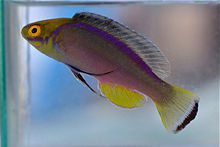 | Bring some life and colour to your saltwater fish tank with Cirrhilabrus Brunneus, the perfect addition to any aquascaping design. Experience the beauty of this unique and vibrant species today! |
Summary
In summary, Cirrhilabrus pylei, also known as the Long Fin Dwarf Parrot-Shimmer, is a captivating marine fish highly sought by aquarium enthusiasts. This stunning fish is known for its vibrant colours and elegant finnage, making it a beautiful addition to vibrant reef tanks.
When keeping Cirrhilabrus pylei in an aquarium, it is vital to provide a spacious tank that meets its requirements. This includes ensuring optimal water parameters and appropriate tank mates to ensure a harmonious environment.
Caring for Cirrhilabrus pylei involves providing a balanced diet and regular monitoring for any signs of illness or disease. By offering a nutritious diet and maintaining a close eye on its well-being, you can help promote its health and longevity.
Breeding Cirrhilabrus pylei in captivity can be a rewarding experience for experienced aquarists. However, it also comes with its challenges. Patience, specialized knowledge, and the right breeding conditions are crucial for success.

